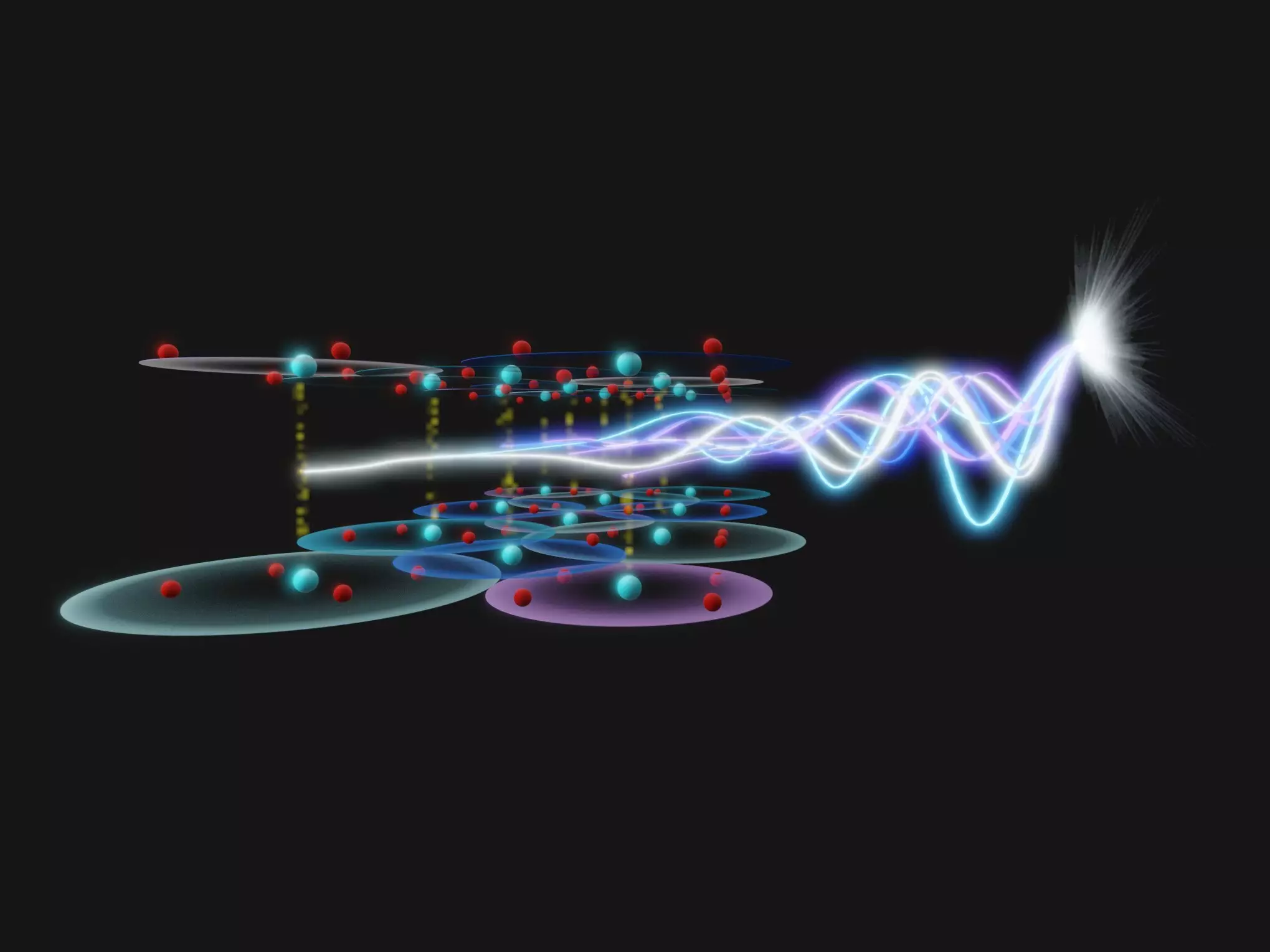Superconductivity represents one of the most intriguing phenomena in condensed matter physics, characterized by the ability of certain materials to conduct electricity with zero resistance under specific conditions. However, understanding how disorder within these materials affects their superconducting properties has been an ongoing challenge in the field. The recent research conducted by a team from the Max Planck Institute for the Structure and Dynamics of Matter (MPSD) and Brookhaven National Laboratory has opened new avenues in investigating disorder through an innovative application of terahertz spectroscopy.
The Limitations of Traditional Approaches
Historically, researchers have relied on techniques like scanning tunneling microscopy (STM) to explore the influence of material disorder. While STM allows for high-resolution imaging of electronic properties, it typically operates at extremely low temperatures, far below the superconducting transition phase. This temperature restriction not only complicates experiments but prevents scientists from gaining insight into the critical changes that occur at or near the transition temperature. Consequently, the intricate details surrounding how chemical variations affect superconductivity have remained largely elusive.
Innovative Use of Terahertz Pulses
In a groundbreaking study published in *Nature Physics*, the MPSD team adapted multi-dimensional spectroscopy techniques, traditionally used in nuclear magnetic resonance (NMR), to the terahertz frequency range. This adaptation enables researchers to probe the behavior of materials under conditions that mirror their natural state, including the elusive transitional phase to superconductivity. By employing terahertz pulses, a novel methodology emerges that overcomes the limitations of previous approaches, allowing for a dynamic assessment of disorder at significantly higher temperatures.
The innovations included employing a two-dimensional terahertz spectroscopy (2DTS) method specifically configured in a non-collinear geometry. This setup allowed researchers to isolate and analyze terahertz nonlinearities, a crucial aspect of studying material responses that are often masked in standard configurations. Such advancements are significant for materials like the cuprate superconductor La1.83Sr0.17CuO4, which pose challenges due to their opacity and low light transmission.
One of the study’s remarkable findings was the observation of “Josephson echoes,” a term the researchers coined to describe the revival of superconducting transport properties following terahertz pulse excitation. This phenomenon revealed intriguing discrepancies between the disorder affecting superconducting transport and that indicated by spatially resolved techniques, such as STM. Specifically, the degree of disorder impacting transport properties appeared substantially lower than what was noted in structural measurements of the superconducting gap.
Such revelations are critical, as they challenge existing assumptions regarding the nature of disorder and its role in superconductivity. The implications of these findings prompt a reevaluation of how disorder is viewed within superconducting materials, potentially altering the approaches employed in further research.
A particularly compelling aspect of the MPSD team’s research is its applicability to other materials and states of matter. The versatility of the angle-resolved 2DTS technique paves the way for extensive studies, not just in superconductivity, but in various quantum materials, enhancing our overall understanding of electronic properties across different systems. Furthermore, the ultrafast nature of this method positions it ideally for probing transient states of matter—those that are too fleeting for traditional methodologies.
As the team emphasizes, these initial experiments represent merely the tip of the iceberg. The capacity to assess disorder near the superconducting transition for the first time opens many exciting avenues for future research, suggesting significant potential for breakthroughs in both theoretical and practical applications of superconductivity.
The integration of terahertz spectroscopy into the study of superconductors marks a pivotal moment in condensed matter physics. By allowing researchers to probe the complexities of disorder at and near critical transition temperatures, this innovative approach not only deepens our understanding of cuprate superconductors but also sets the stage for further explorations into the rich landscape of quantum materials. Future research holding the promise of unlocking the full technological potential of superconductivity will build on these groundbreaking insights, fostering advancements in energy transmission, storage, and quantum computing. Such developments could redefine our technological landscape in the coming decades.


Leave a Reply